Hi! It’s konkaz (@konkazuk) here.
In order to reduce the number of times we get trapped with the usage of relative pronouns, we are going to give focus especially to these three that are “who”, “whose”, and “whom” in this article.

I remember how things work with “who” and “whose” more or less, so the answer for what is written in the title could possibly be…”whom” I suspect?

Hmm… I know what you mean… but, unfortunately, it’s incorrect.
Well, if I am to reveal the answer for this question from the very beginning, “whose” is actually the correct one!
Anyway, let’s get all the people-related relative pronouns sorted here including the usage of “whose”!
How to use relative pronoun “who”
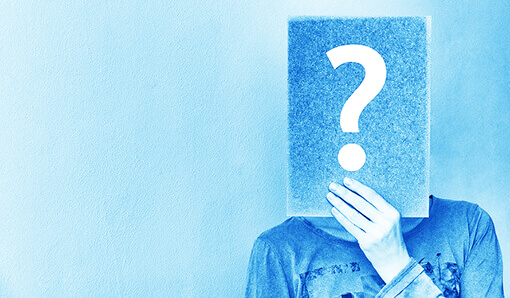
Right.
First, we are going to have a look at the usage of relative pronoun “who”, which, I believe, is remaining better-shaped in your head than the other two people-related relative pronouns…
As I have explained in another article, we need to know this fundamental characteristic of English language that differentiates from Japanese that is…
When it comes to constructing a sentence, an essential independent clause comes first, just like…
“That’s the man.”
and then relative clause that gives additional information to the noun (person) that is being mentioned in an independent clause such as…
“The man stole my wallet.”
is to be added later.
And “relative pronoun” is the one that plays a role as “glue” to connect a relative clause with an independent clause.
Describing the person in an independent clause

A relative pronoun “who” is used to connect the person (including people-related noun or pronoun such as “lady”, “fire fighter”, “friend”, “them” and so on.) that is mentioned in an independent clause with the subject of the relative clause that is identical to the person who is being mentioned in an independent clause.
It’s basically swapping the subject of the relative clause with the relative pronoun “who”.
Example 1.
That’s the lady.
+
She slapped my face last night.
👉 That’s the lady who slapped my face last night.
Example 2.
I’ve got a friend.
+
He drinks a lot.
👉 I’ve got a friend who drinks a lot.
Example 3.
I know the person.
+
She can help you.
👉 I know the person who can help you.
As for the usage of relative pronoun “who”, the procedure of structuring it is straightforward, so these examples should be good enough to figure it out.
For speaking

To think about how you construct the sentence with a relative pronoun from the viewpoint of actual speaking,
adding a relative clause (the clause that explains about the act of the person that is mentioned in an independent clause) to the independent clause that you have already kicked off by using relative pronoun rather than combining two clauses, which have been prepared beforehand, together.
is the practical way.
Therefore, from my experience, even if the relative pronoun belongs essentially to the relative clause, we can proceed up to the relative pronoun for the time being, just like…
That’s the lady who…
I’ve got a friend who…
I know the person who…
and then, we instantly work out what is to be added.
Incidentally, relative pronoun “who” can be replaced with “that”, however it cannot be omitted since it is playing a role as the subject of the sentence.
How to use relative pronoun “whom”
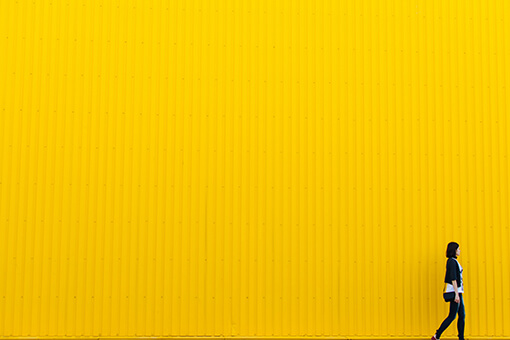
Let’s tackle the usage of “whom” next.
This relative pronoun “whom” has got a kind of formal vibe, therefore, as a matter of fact, you rarely hear people using it in general conversations.
And it is often replaced with “who” because they are treated like siblings, and in addition to this, “whom” is often omitted.
But that doesn’t mean you can skip learning about the usage of “whom” because…
at the end of the day, keeping obscure areas in yourself doesn’t help you to build up the “confidence” that is an essential element for you to gain in order to achieve a certain level of speaking in English.
It’s not very difficult to understand, so again, let’s learn how things work and absorb them.
Explaining how the subject in an independent clause relates to the action/experience of the subject in the relative clause.

Here, again we are going connect the relative clause with the person that is mentioned in an independent clause by using a relative pronoun, however, the difference from the case of using “who” is that…
“The subject of the relative clause is not identical to the person that is mentioned in an identical clause.”
Some people might find the explanation in writing slightly difficult to understand, so let’s move on to check the following examples…
Example 1.
That’s the lady.
+
I have seen her in some movie.
👉 That’s the lady whom I have seen in some movie.
Example 2.
I’ve got a friend
+
I met him at primary school.
👉 I’ve got a friend whom I met at primary school.
Example 3.
He is the one.
+
She told him to go away.
👉 He is the one whom she told to go away.
Hence, the relative pronoun “whom” is applied when…
the the person that is mentioned in an independent clause is not identical to the subject of the relative clause, but instead, it appears as the object (as shapes of pronoun such as “his” or “her”) for the action that is carried out by the subject of the relative clause, and the relative pronoun “whom” that is substituted for the object is to be located just before the subject of the relative clause.
Relative pronoun “whom”, which is substituted for the object, can be omitted.

Relative pronoun “whom” that is substituted for an “object” sounds slightly formal, therefore, it tends to be omitted in our everyday conversations.
With previous examples, they will be…
Example 1.
That’s the lady whom I have seen in some movie.
👉 That’s the lady I have seen in some movie.
Example 2.
I’ve got a friend whom I met at primary school.
👉 I’ve got a friend I met at primary school.
Example 3.
He is the one whom she told to go away.
👉 He is the one she told to go away.
“who” is often substituted for “whom” in general conversations.
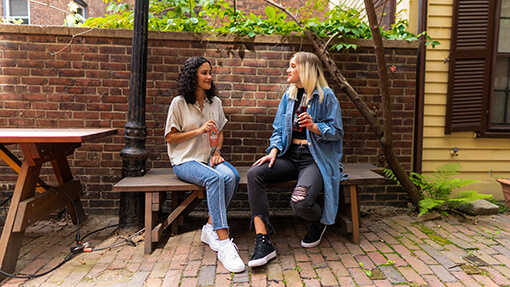
When we connect the person that is mentioned in an independent clause with the relative clause in which the person that is mentioned in an independent clause is appearing as the object, both “whom” or “who” can be applied as a relative pronoun that is substituted for the “object”.
Therefore, because of the same reason for the case of “omitting”,
“who” is preferred to be applied to “whom” in general.
Example 1.
That’s the lady whom I have seen in some movie.
👉 That’s the lady who I have seen in some movie.
Example 2.
I’ve got a friend whom I met at primary school.
👉 I’ve got a friend who I met at primary school.
Example 3.
He is the one whom she told to go away.
👉 He is the one who she told to go away.
*Just in case, the “who” that is playing a role as the “subject” of the sentence cannot be omitted, as it is explained in the first section.
Relative pronoun “whose” is applied to “possessive cases”

Finally, we are going to nail this “whose”!
As it was mentioned in the beginning,
“Possessive” relative pronoun “whose” can be used with objects (both animate and inanimate).
Anyway, let’s see how it works!
Representing “possession” (to whom something belongs)
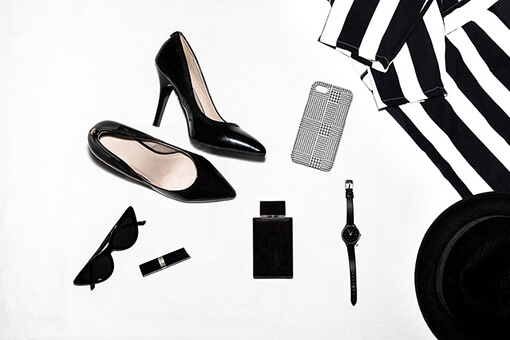
When the person that is mentioned in an independent clause matches the possessive case in the relative clause, “whose” can be located at the beginning of the relative clause instead of using the possessive case to connect the clauses together.
Example 1.
That’s the mom.
+
Her daughter has won the gold medal in figure skating.
👉 That’s the mom whose daughter has won the gold medal in figure skating.
Example 2.
She is a doctor.
+
Her younger sister is also a doctor.
👉 She is a doctor whose younger sister is also a doctor.
Example 3.
I know the person.
+
His uncle has got a big tattoo of “DORAEMON” on his back.
👉 I know the person whose uncle has got a big tattoo of “DORAEMON” on his back.
To put it simply,
Relative pronoun “whose” is substituted for the pronouns such as “his” or “her” in the relative clause.
Representing “possession” (to which something belongs)
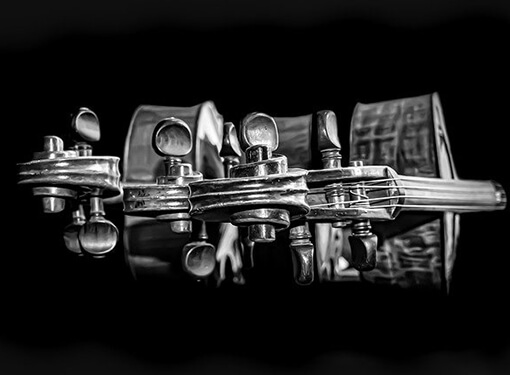
This is the one that people often get trapped, isn’t it?
I guess it’s just like…
An object belongs to the object.
👇
The object possesses an object.
Anyway, when it comes to speaking, you might feel uncomfortable with using “whose” for “objects” in the beginning, however it will disappear as you keep using it…
How it works with “objects” is exactly the same as the case with “people”.
Example 1.
I’ve got an electric guitar.
+
Its body is made from maple.
👉 I’ve got an electric guitar whose body is made from maple.
Example 2.
I’ve got a dog.
+
Its tail is extremely long.
👉 I’ve got a dog whose tail is extremely long.
Example 3.
I’ve done a poo.
+
Its colour was not quite normal.
👉 I’ve done a poo whose colour was not quite normal.
Well, excuse me for using a foul subject.
There is this absurd video clip called “I’ve done a poo.” on YouTube channel, however watching it can be a good practice at least for developing your listening skills in English.
Anyway, we can recognise that the pronoun for objects “its” is used instead of the pronoun for people “his” or “her” in examples above.
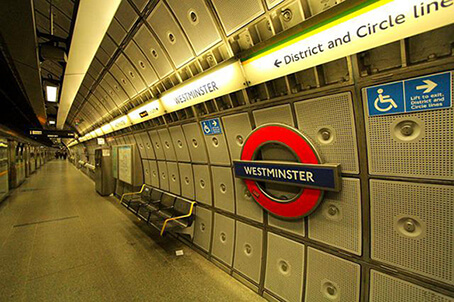
By the way, I’m a type of person who don’t really study until it becomes really necessary, hence I didn’t know about the fact that “whose” can be applied to objects before I moved into England.
A while ago, I asked one of my colleagues, who is native by the way, to check some documents I had written in English, and it came back with the relative pronoun “which” that was modifying an “object” being replaced with possessive pronoun “whose”.
So I challenged like… ”Hey, how can a native speaker like you make such a mistake?”
And as a result, he kindly explained how it is possible to me… A total defeat. w
Anyway, the most important thing to remember is..
The relative pronoun “whose” can be used for objects!
Let’s use it till it becomes completely yours!
konkaz

